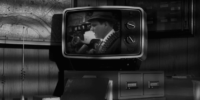Nothing heralds Halloween quite like the jack-o’-lantern. Although all manner of gruesome ghouls scream spooky season, the carved pumpkin is king. No matter how All Hallows’ Eve has evolved over the decades, the jack-o’-lantern remains roughly the same. Oddly able to adapt to every facet of the holiday, it stands capable of being kid-friendly, horrifying, and if need be, sexy. It’s the face of Halloween, and consequently, people are so accustomed to its ubiquitous presence, they forget the underlying horror in this symbol. Although what terrified in days past may not petrify the way it once did, perhaps that history can still add some spice.
Halloween grew out of a Celtic tradition dating back to at least the first century B.C.E. The Coligny Calendar, a bronze plaque from that time, marks the annual celebration of Samhain (pronounced sow-in). This amounted to a Celtic variation on New Year’s Eve. Populating most of Europe, England, Scotland, and Ireland, the Celts believed the year divided into seasons of light and darkness, with Samhain ushering in the latter. According to folk tradition, “it was also a period of supernatural intensity when the forces of darkness and decay were said to be abroad, spilling out from…the ancient mounds or barrows of the countryside.”
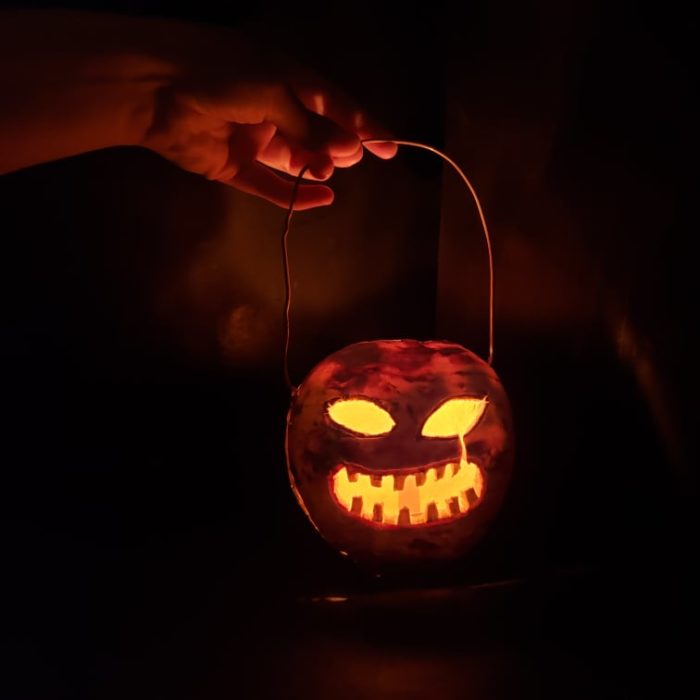
Imagine: Samhain arrives. Red tinted sunsets cast narrowing alleys of illumination as daylight dies. Supernatural entities slip through the thinning divide between worlds. Some in search of mischief torment the mortals they find. As such, Celts kept treats on hand to bribe the more malicious manifestations. They also utilized hollowed-out turnips as lanterns, a lit candle within dispelling the darkness as well as scaring away spooks.
In roughly 1835, The Dublin Penny Journal released an article detailing the legend of Jack-o’-the-lantern. While walking home from an Irish wake, a writer and his uncle observed ignis fatuus, more commonly known as will-o’-the-wisps but referred to then as Jack-o’-the-lantern. Although the writer offers a scientific explanation for the sight, the superstitious uncle relates the folklore behind fool’s fire.
It seems there used to be a fellow named Jack. One night, he rescued a decrepit old man dying of exposure on the moor. In the morning, the withered elder transformed into a magnificent angel. Awarded three wishes for his kindness, Jack asked that anyone who sat in his favorite chair is stuck in place until he allowed them to leave. The same goes for those trying to steal a branch from his prized sycamore tree or take anything from a junk box full of various tools. Jack is essentially a curmudgeon who uses his wishes to supernaturally glue down anyone who comes between him and his favorite chair, tries to borrow his tools, or breaks a stick off his beloved tree.
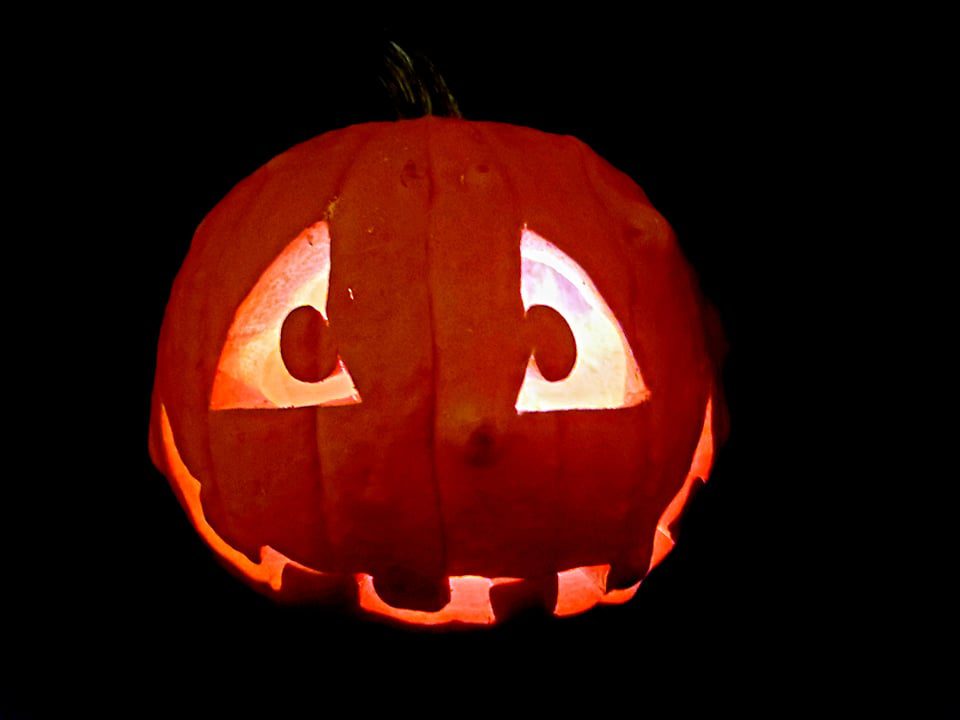
Though the angel begrudgingly grants these wishes, they’re so disgusted by this pettiness that Jack gets banned from Heaven. Flashforward a few decades, the devil sends demons to snatch Jack down to Hell. However, the aged curmudgeon tricks demon after demon and then Satan himself. Each, in turn, gets stuck in the chair, to the box, and to the tree. Though he releases the infernal fiends, the devil bans Jack from the Inferno. Unwelcome in Heaven or Hell, he’s then condemned to wander the Earth until Judgement Day with only a lantern to light his way.
Later, another variation developed. It relates how the Devil came for Jack, who begged Old Scratch for one last drink before going to Hell. However, when Jack couldn’t afford the bar bill, he convinced Satan to shapeshift into a sixpence. Then, instead of paying, Jack trapped the Devil in the coin. Only when Old Scratch agreed not to drag him to Hell did Jack let Lucifer loose.
Whatever the version—Stingy, Drunk, or Curmudgeon—it’s always Jack and the Devil unable to collect a damned soul. Routinely outsmarted, Satan gives up in frustration. Banned from Perdition but still too sinful for Heaven, Jack wanders the world with no place to rest, a smoldering coal from Hell held in a turnip lighting his endless search—never able to rest. Thus, the jack-o’-lantern is born.
Every variation of the story is comically charming. Yet, there is something sinister beneath the surface. In every jolly jack-o’-lantern is a reminder of the damned soul who inspired the grinning gourd. And when seen at a distance, especially if witnessed dancing in the darkness, that glowing lantern may be in the hands of a bitter specter.

Granted, it isn’t hard to speculate on the origins of this folktale. Jack-with-the-lantern is in the Oxford English Dictionary referring to “a man with a lantern” as early as 1663. By 1673, it connected to the will-o’-the-wisp which probably helped inspire the legend of Jack. However, just because a story follows the folklore formula—explaining natural phenomena as well as imparting a lesson—that doesn’t make it less horrifying. In fact, it becomes a reminder of what a truly unsettling spectacle nature can be.
When flames flash to life, dancing erratically down the road ahead, most minds don’t jump to rational reasoning. It often takes a second, particularly when startled, to steer towards scientific explanations. Even when logic and facts can explain odd events, nature always carries the absolute truth; it acts as it will without concern for human comfort. The jack-o’-lantern bobbing in the dark marsh may be swamp gas bursting into flame, but it doesn’t care how much it frightens passersby.
In 1886, a Canadian newspaper printed the first written association of jack-o’-lanterns with Halloween reporting, “Hallowe’en was not forgotten last night by the youngsters of the city…there was a great sacrifice of pumpkins from which to make transparent heads and face, lighted up by the unfailing two inches of tallow candle.” Irish immigrants fleeing the Great Famine, during which over one million people died, in all likelihood brought their traditions to the United States. These included Samhain lanterns which by then involved carving frightening faces to help ward off evil spirits. How this eventually evolved into pumpkin sculpting, though, is open to speculation.
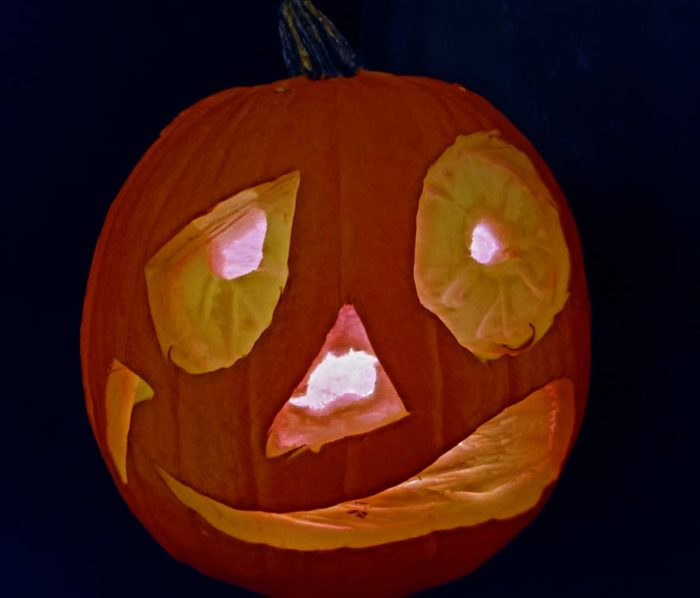
There is no firsthand document recounting what precipitated the shift. That leaves plenty of room for conjecture. Some see it as a logical move since pumpkin carving is easier than sculpting smaller squash. Another guess points to 19th century pranksters. A grotesque expression in a flaming jack-o’-lantern would spook someone today if seen unexpectedly. Still, the answer may simply be that the pumpkins people carve aren’t as flavorful as the ones used in food. Sugar pumpkins are for meals and pies, while those less tastebud-tempting ones are relegated to decoration.
In a way, it’s good that no one really knows why jack-o’-lanterns began to be carved from pumpkins. It lends an air of mystery to the custom. Such speculation provides ample fodder for fresh ghost stories and makes the practice, to a degree, personal for every individual. That said, it also means there’s no need to stick to pumpkins since a jack-o’-lantern isn’t really restricted to the familiar winter squash. That’s partly what makes Punkie Night fabulous.
Celebrated in England’s Somerset County, the festival harkens more towards the older Celtic custom. Punkie Night occurs on the last Thursday of October. Jack-o’-lanterns are made using mangolds, turnips, and such. Children then parade around town with their glowing lanterns as they sing, “Give us a candle, give us a light, / if you don’t, you’ll get a fright / (or if you haven’t a candle a penny’s alright).”
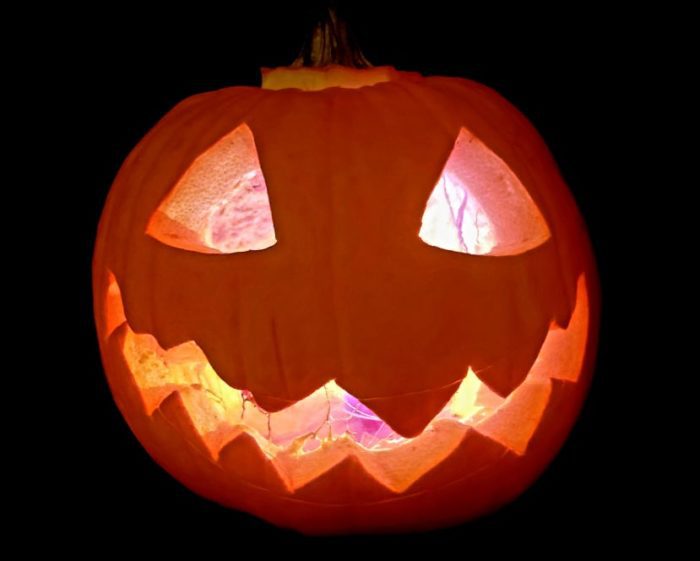
In many ways, Punkie Night is the old and the new blending together into something entirely unique. There is what’s essentially trick ‘r treating alongside parades, singing in the street, and contests for the best jack-o’-lantern. It’s familiar, yet different. Apparently, the best Punkie Night takes place in Hinton St. George, and though the pandemic pushed public celebration off until next year, the beauty of jack-o’-lanterns and Halloween is that after this many centuries, it’s safe to assume the custom will survive another 365.
The point being a jack-o’-lantern isn’t necessarily what many imagine. For one thing, the pumpkin style is hardly the sole variation. Yet, many are locked into the custom for no real reason. About a billion pumpkins have been grown, most expected to be sold for “ornamental uses” in October. Meaning, tradition grows out of habituation more than out of necessity, so even the most rebellious, hardcore goth carving a creepy pumpkin is a slave to a kind of conformity. As such, the jack-o’-lantern’s sawtooth grin becomes less sinister and more mocking.
It mocks our ignorance of the past and nature. It mocks our fear of the dark, that inky blank black canvas filled by the subconscious with supernatural terrors. And somehow, oddly enough, it comforts at the same time.
Ralph Waldo Emerson wrote, “Every pumpkin in the field goes through every point of pumpkin history.” The same is true of every jack-o’-lantern, such that whatever its intention, whether decoration or modern pagan practice, the very act of creation connects to its past, in which lives a history of Samhain cutting off the light to the world; lost souls wandering through the darkness damned; thinning divides permitting supernatural acts of malicious mischief; of Halloween.


